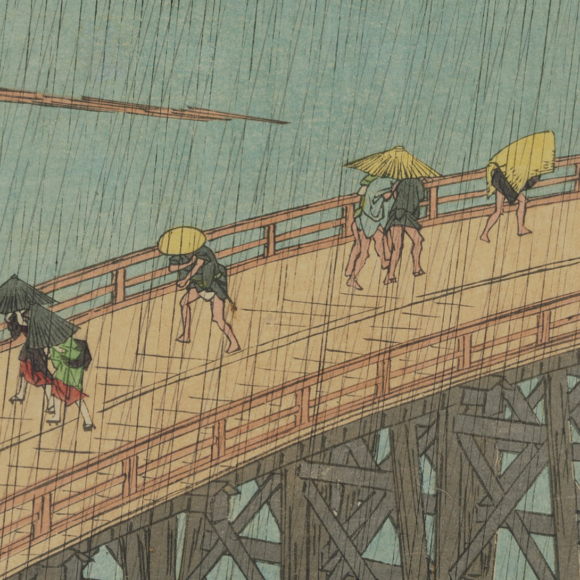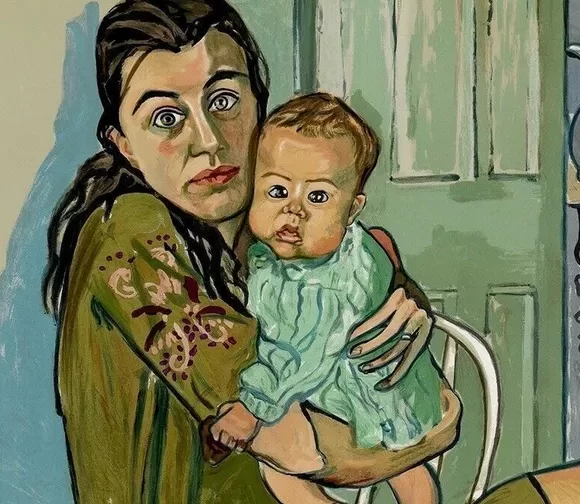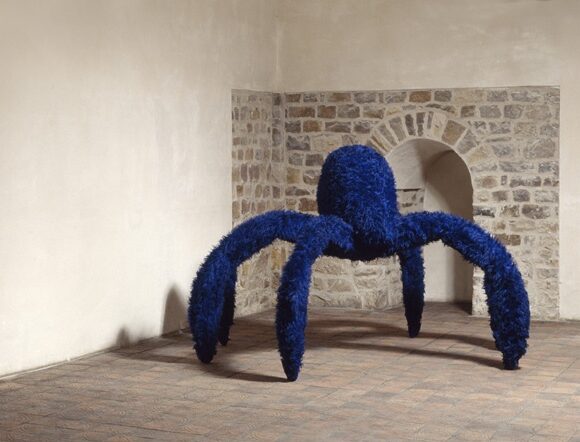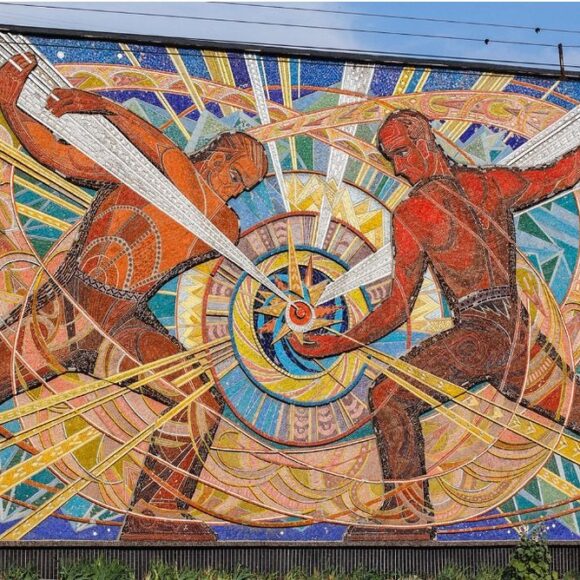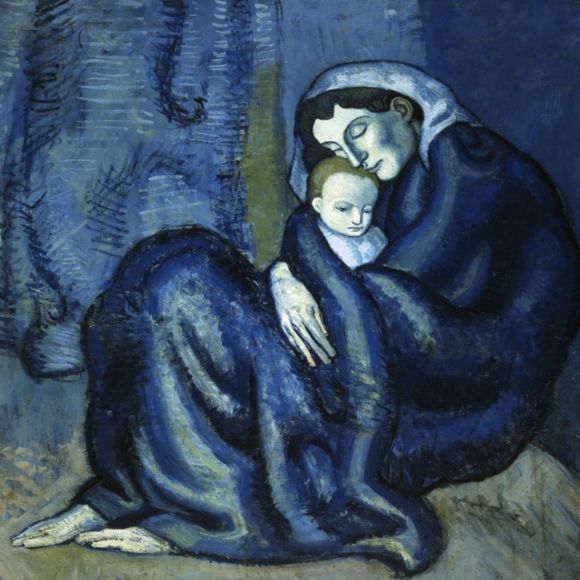Anime and manga are widely recognized as art forms due to their intricate visual aesthetics and compelling storytelling.
Category: Arts
The Immortal Beauty of the Japanese Woodblock Prints
Japanese woodblock prints are a true masterpiece that has inspired artists and designers for centuries. This beautiful and unique art form is characterised by bold colours, intricate patterns, and delicate lines that work together to create an instantly recognizable visual language.
Parenting values, models, and expectations in images
Nowadays, each family has its unique dynamics, values, and circumstances that shape their parenting choices. We will see how humanity changed its perception of education over the years and what is the balance between parenting and expectations.
The African Generational Trauma
In recent years, artists have emerged as powerful agents of healing, empowerment, and social change, using their craft to address the generational trauma experienced by African communities. Their creative expressions challenge dominant narratives and provide spaces for dialogue and reflection.
Some Considerations about Cultural Assimilation
Today we are all experiencing cultural assimilation in one way or another. The continuous exposure to major social, cultural, and economic events are some of the predominant issues of contemporary times in which people are interconnected in several ways. Through this exposure, individuals adopt the cultural norms, values, practices, and behaviors of another culture, the dominant culture.
Reimagining Masterpieces: Famous Artworks Reinterpreted in Recycled Art
Recycled art, also known as up-cycled or found object art, emerged as a form of artistic expression during the 20th century. The concept gained significant recognition and popularity during the 1960s and 1970s with the rise of the environmental movement and the increasing emphasis on sustainability.
Arte Povera and its timeless cultural importance
Arte Povera is an artistic movement that emerged in Italy in the late 1960s. The official definition of "Arte Povera" is "poor art" and reflects the movement's emphasis on using ordinary and humble materials in artistic creations. Arte Povera reacted to the materialism and consumer culture that characterised the post-war era.
Naïve art: between art and craft
Naïve art is a controversial artistic genre situated at the border between folk art, outsider art, or provincial art. Officially defined as visual creation belonging to individuals lacking formal education in fine arts, naïve art reflects an aesthetics decorative and simple, similar to children's drawings.
Aspects of Art Under Totalitarian Regimes
Art has been used as a tool for political propaganda that promoted ideas with negative repercussions in the long term. In its turn, politics can also provide inspiration for artistic expression. It is known the fact that artists have used their works to comment on social issues, advocate for justice, and even critique political systems or their commissioners. Italian Fascism, Russian Sovietism, and German Nazism are typical examples of totalitarian regimes which turned art into their favourite mass manipulation tool.
Values of Art
Although art is considered an intrinsic part of our existence, people have a different understanding of it. Some have a deep level of perceiving and reading through the messages conveyed in the canvas, while others stick to formal visual elements such as line and colour. Thus, is art for everybody?


